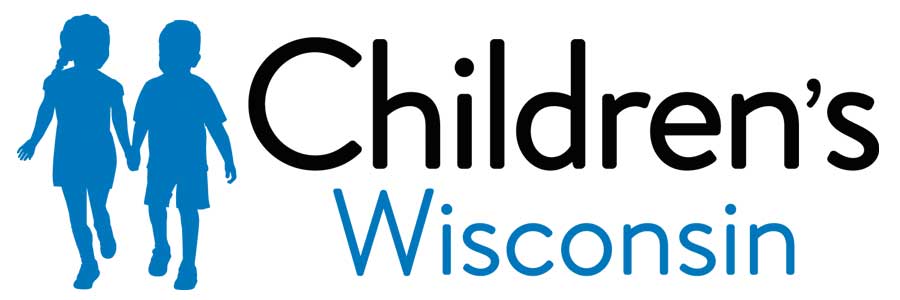Peanut allergy OIT - Sedond phase (1926)
Key points below
What is Palforzia and peanut OIT?
Palforzia is a peanut protein. It is given to help lessen allergic reactions to peanut (desensitization.) It is given as a powder that is swallowed. There are 3 phases of treatment.
- The second phase is called the Up-dosing phase.
How does the second phase (up-dosing) work?
During this phase of treatment, the patient will take higher doses of Palforzia every two weeks. At home, you will take the same amount of Palforzia each day, for the next 2 weeks. Then come back to the clinic, and the next higher dose will be given.
What are the doses of Palforzia that will be taken?
Daily Dose: 3 mg
- Start Date: __________________
- End Date: __________________
Daily Dose: 6 mg
- Start Date: __________________
- End Date: __________________
Daily Dose: 12 mg
- Start Date: __________________
- End Date: __________________
Daily Dose: 3 mg
- Start Date: __________________
- End Date: __________________
Daily Dose: 6 mg
- Start Date: __________________
- End Date: __________________
Daily Dose: 12 mg
- Start Date: __________________
- End Date: __________________
Daily Dose: 20 mg
- Start Date: __________________
- End Date: __________________
Daily Dose 40 mg
- Start Date: __________________
- End Date: __________________
Daily Dose: 80 mg
- Start Date: __________________
- End Date: __________________
Daily Dose: 120 mg
- Start Date: __________________
- End Date: __________________
Daily Dose: 160 mg
- Start Date: __________________
- End Date: __________________
Daily Dose: 200 mg
- Start Date: __________________
- End Date: __________________
Daily Dose: 240 mg
- Start Date: __________________
- End Date: __________________
Daily Dose: 300 mg
- Start Date: __________________
- End Date: __________________
Why is it done in the clinic?
There is a risk for an allergic reaction. The clinic has supplies and staff to help your child if they have an allergic reaction. This visit takes about 2 hours.
How do I prepare for the visit?
- Make sure to bring your epi-pen. Make sure it is not expired.
- Keep taking any other medicine as prescribed.
- If you are feeling ill, with a fever, cough, or congestion, let the clinic staff know before your visit.
- Bring something your child enjoys doing to keep them busy. Activities might include a tablet, book, or small toy.
What should I watch for?
Mild reactions may happen during or after the challenge. They include:
- rash
- a few hives
- sneezing, stuffy nose, runny nose
- eczema that gets worse
- diarrhea
- a change in behavior or headache
Serious reactions do not happen often, but they can lead to death if not treated. Tell the nurse right away if there are any of the following:
- Hives: Rash, swelling or itching of more than one part of the body.
- Swelling: Any part of the body, inside or out. This includes the mouth, tongue or throat. It can be one or many parts of the body.
- Breathing problems: Shortness of breath, coughing, wheezing or chest feeling tight.
- Other: Constant sneezing, feeling dizzy, stomach ache, nausea or just not “feeling right.”
Call 9-1-1 if any of these symptoms happen after leaving the clinic!
What happens after this visit?
After each up-dosing visit, you will keep taking that dose every day for the next 2 weeks. You will be given the right number of doses for the next two weeks at your office visit. The daily dose should be given during a rest time. It should not be given:
- two hours before or after exercise
- during illness
- during times of extreme stress
- after too little sleep
- on an empty stomach.
After finishing all 11 up-dosing steps, the patient will enter the maintenance phase.
For more information
Check out this resource: https://kidshealth.org/ChildrensWi/en/parents
